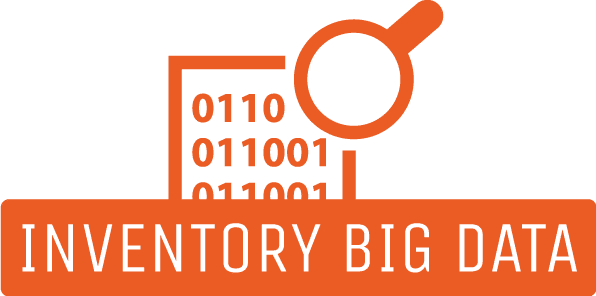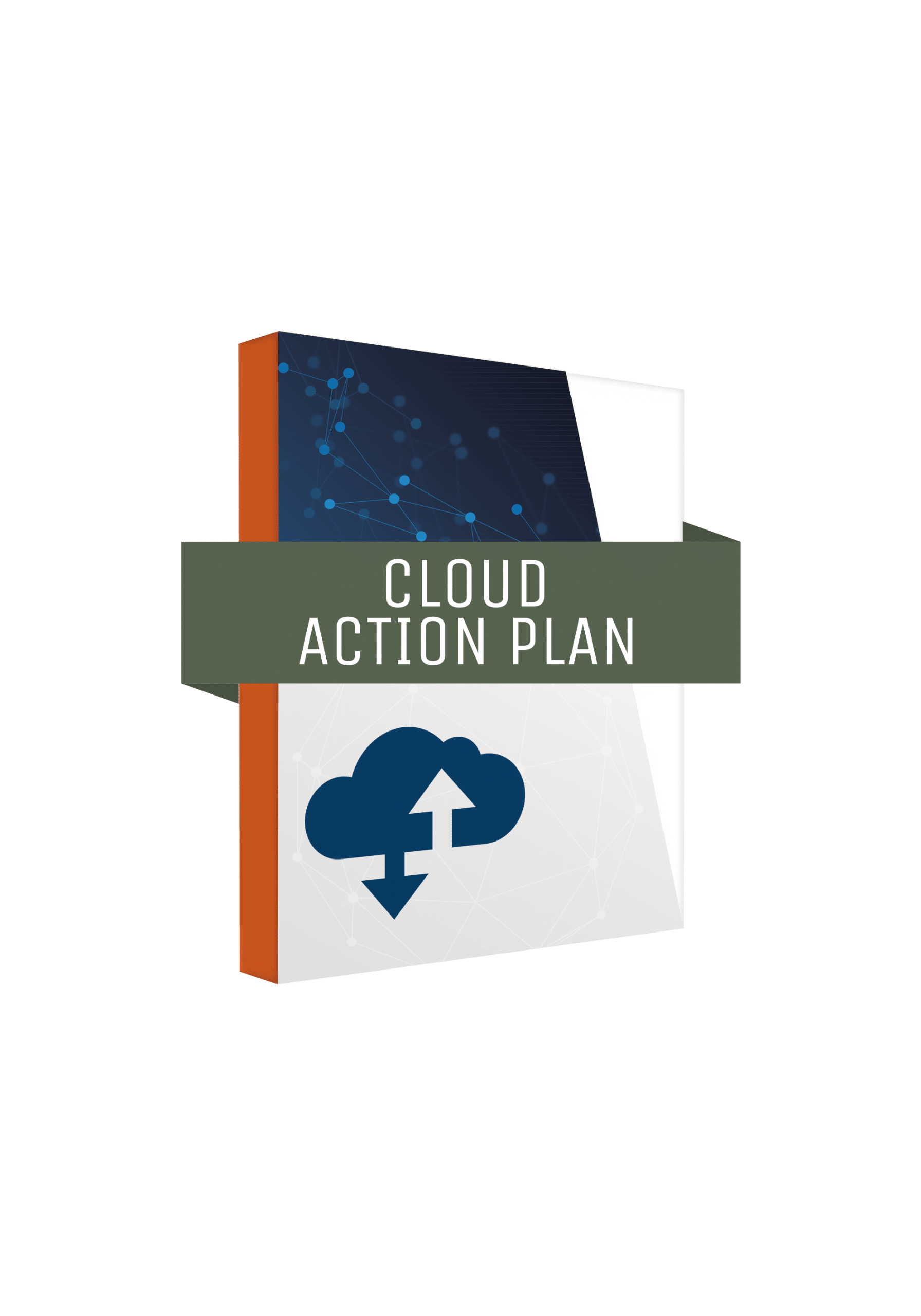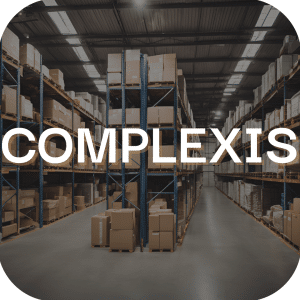Cost-Effective Supply Chain Strategies
Discover how to reduce costs in supply chain management through effective strategies in demand forecasting, inventory management, procurement optimization, and logistics. Learn about leveraging technology and implementing best practices to achieve significant savings and operational efficiency. Explore real-world examples and actionable steps for continuous improvement in supply chain operations.
Description
Optimizing Supply Chain Strategies: Best Practices for Cost Reduction
In the highly competitive global marketplace, companies continuously seek ways to reduce costs and improve efficiency in their supply chains. Optimizing supply chain strategies is essential for achieving these goals. This article explores the best practices for cost reduction in supply chain management, highlighting key areas such as demand forecasting, inventory management, procurement, logistics, and technology integration.
The Importance of Cost Reduction in Supply Chains
Effective cost management in supply chains brings numerous benefits, including:
- Increased Profit Margins: Lower operational costs directly enhance profitability.
- Competitive Advantage: Cost-efficient supply chains can offer better pricing or higher margins than competitors.
- Improved Cash Flow: Efficient management of inventory and procurement processes enhances cash flow.
- Sustainability: Cost reduction often aligns with sustainable practices, such as reducing waste and improving resource efficiency.
Key Areas for Cost Reduction
- Demand Forecasting
- Objective: Predict future product demand accurately to align supply chain activities.
- Best Practices:
- Leverage Historical Data: Use past sales data to identify trends and seasonal patterns.
- Collaborate Across Departments: Engage sales, marketing, and finance teams to gather comprehensive insights.
- Utilize Advanced Analytics: Implement machine learning algorithms and statistical models to improve forecast accuracy.
- Benefits: Reduces the risk of overstocking or stockouts, optimizing inventory levels and minimizing holding costs.
- Inventory Management
- Objective: Maintain optimal inventory levels to meet customer demand while minimizing costs.
- Best Practices:
- Adopt Just-In-Time (JIT) Inventory: Reduce inventory levels by receiving goods only as needed.
- Implement ABC Analysis: Classify inventory based on importance and allocate resources accordingly.
- Use Automated Replenishment Systems: Automate ordering processes to maintain optimal stock levels.
- Benefits: Lowers carrying costs, reduces waste, and improves cash flow.
- Procurement Optimization
- Objective: Source materials and products at the best possible cost and quality.
- Best Practices:
- Supplier Consolidation: Reduce the number of suppliers to negotiate better terms and streamline procurement.
- Long-Term Contracts: Secure long-term agreements with suppliers to benefit from bulk pricing and stability.
- E-procurement Systems: Use digital platforms to automate and optimize the procurement process.
- Benefits: Achieves cost savings through better negotiation, reduces administrative costs, and enhances supplier relationships.
- Logistics and Transportation
- Objective: Optimize transportation and distribution processes to reduce costs.
- Best Practices:
- Route Optimization: Use software to plan the most efficient delivery routes.
- Freight Consolidation: Combine shipments to maximize load efficiency and reduce transportation costs.
- Collaborative Logistics: Partner with other companies to share transportation resources.
- Benefits: Lowers fuel and transportation costs, improves delivery times, and reduces carbon footprint.
- Technology Integration
- Objective: Leverage technology to streamline supply chain operations and reduce costs.
- Best Practices:
- Implement ERP Systems: Use enterprise resource planning systems to integrate and automate supply chain processes.
- Adopt IoT Devices: Use Internet of Things technology for real-time tracking and monitoring of goods.
- Utilize Data Analytics: Analyze big data to gain insights into supply chain performance and identify cost-saving opportunities.
- Benefits: Enhances operational efficiency, reduces errors, and provides actionable insights for continuous improvement.
Strategies for Implementing Cost Reduction Initiatives
- Conduct a Cost Analysis
- Objective: Identify areas with the highest potential for cost savings.
- Steps:
- Review current supply chain processes and costs.
- Benchmark against industry standards and best practices.
- Identify inefficiencies and areas for improvement.
- Engage Stakeholders
- Objective: Ensure buy-in and collaboration from all relevant departments.
- Steps:
- Communicate the benefits of cost reduction initiatives.
- Involve key stakeholders in planning and decision-making processes.
- Provide training and support to facilitate implementation.
- Develop a Cost Reduction Plan
- Objective: Create a structured approach to implement cost-saving measures.
- Steps:
- Set clear objectives and targets.
- Outline specific actions and timelines.
- Assign responsibilities and allocate resources.
- Monitor and Measure Progress
- Objective: Track the effectiveness of cost reduction initiatives.
- Steps:
- Establish key performance indicators (KPIs) to measure success.
- Regularly review progress and adjust strategies as needed.
- Use feedback and data to drive continuous improvement.
Case Study: Successful Cost Reduction in Supply Chain
Company: XYZ Electronics Challenge: High inventory holding costs and inefficient procurement processes. Solution:
- Implemented Demand Forecasting Tools: XYZ Electronics adopted advanced analytics to improve demand forecasting accuracy, reducing excess inventory.
- Optimized Inventory Management: The company introduced a JIT inventory system, lowering carrying costs and minimizing waste.
- Enhanced Procurement Practices: XYZ Electronics consolidated suppliers and negotiated long-term contracts, achieving significant cost savings.
- Leveraged Technology: The implementation of an ERP system streamlined supply chain operations, improving efficiency and reducing errors. Results: XYZ Electronics achieved a 20% reduction in inventory holding costs, a 15% decrease in procurement expenses, and improved overall supply chain efficiency.
Optimizing supply chain strategies is essential for cost reduction and overall business success. By focusing on key areas such as demand forecasting, inventory management, procurement, logistics, and technology integration, companies can achieve significant cost savings and enhance operational efficiency. Implementing best practices and continuously monitoring progress ensures that supply chains remain agile, competitive, and capable of supporting long-term business goals.
Additional information
| Publication | |
|---|---|
| Department | Supply Chain |
| Level | Director |






